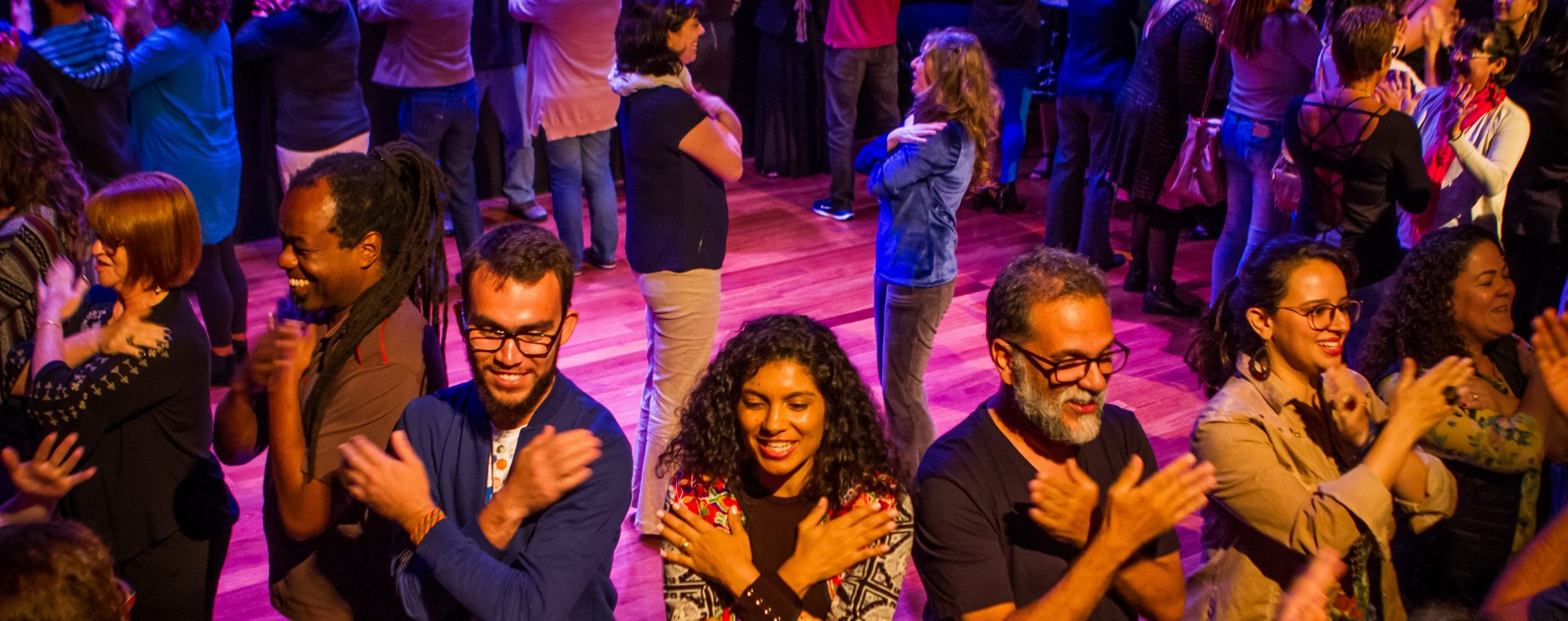
Over 300 years, human society has been moving toward a new reality: where everything is changing with greater speed and is becoming more deeply interconnected. With this, comes a risk of a new divide between those who cannot adapt to change and those who do have this ability. This evolution poses the question: how can we prepare young people to thrive in this new world?
We believe the answer is to cultivate changemaker abilities in a learning environment where one can practice conscious empathy, teamwork, creativity, shared leadership and changemaking. Doing so enables all people to realize their fullest potential as changemakers acting for a common good.
Living in an everyone a changemaker world above all is an exercise in honoring otherness. It dwells in discomfort, welcomes the unknown, conflict, and doubt – and does not silence them. It feeds on the art of listening and on the infinite productivity of differences. That is where its transformative power lies: not in the search for a one-off solution to someone else’s problem, but in collective action to create new possibilities of existence.
A constellation of co-leading teams
To get there, we needed to rethink how people grow up; what education is about; and what the role of students, parents, schools, government, and publishers might be in building this new world.
Over the last six years, Ashoka has been cultivating a community of change leaders in Brazil to build this new framework. It is comprised of social entrepreneurs, school principals, teachers, and young changemakers. This community finds and engages teams inside more than a dozen strategic partners including governments, schools of education, universities, unions, publishers, and the media.
What these partners have in common is that they understand and can articulate why this new framework is their historical opportunity to play a critical role in reshaping society. They also have movement and market-leading power with major media and political arms. They can thereby multiply one another and change public conversations because they are news. Finally, they have the ethical fiber and credibility to apply all the above to shift social demand towards this new framework.
This Everyone a Changemaker Co-Lead Community is now a constellation of teams-of teams-of teams: an integrated and multidimensional ecosystem that opens the broad societal conversations, activates the strategic partners’ distribution channels, leading to more and more social demand driving forces.
Examples and lessons from Brazil
For a year, we listened to students and young changemakers from all over the country talk about what a high school of their dreams would look like. Based on their ideas, we designed 27 proposals for high school reform that are now becoming public policy. For instance, students’ social change initiatives should be considered as part of their academic achievements and count toward their university entrance examinations.
In partnership with Brazil’s leading education publisher, we produced a new textbook for 1.5 million public high school students to shape their life projects as changemakers, as well as a new online learning platform, for up to 9.000 schools, to help children from 6 to 12 years-old practice empathy and start their change-making journeys.
Besides these important changes in the school curriculum and teacher training programs, we’ve learned that building synapses between partners can create local learning ecosystems much faster. This is what we are doing in Manaus, the largest city in the Brazilian Amazon region and home to the third-largest public-school network. The secretary of education, along with parent collectives and schools of education, are helping unions broaden their members’ understanding of their social impact potential. If union members are critical in helping students thrive as changemakers, then they should be valued and supported accordingly.
With the union of all city-level secretaries of education, in partnership with local organizations, we are helping nine other “hotspots” in Brazil transition to changemaker education ecosystems. For example, we are co-creating new indicators to measure the impact of changemaker education from the bottom-up via longitudinal 10-year research with over 100 schools in Brazil. Imagine what happens to the old paradigm when we start measuring a school’s success in terms of the percentage of changemakers who graduate every year.
See differently in order to do differently
Besides shedding light on the critical role of unions, this ecosystemic approach also taught us that we cannot change education without changing the narrative. For this reason, the media and publishers are key. Together with their distribution networks, we are finding, supporting, and telling the stories of those – youth, students, parents, schools, communities, etc. – who are co-creating this new world. This helps everyone see that this transition is not only urgent but possible. It helps every child and teenager build the self-permission necessary to stand up and lead. In doing so, we also support these key changemakers in their journeys, by increasing their visibility and connecting them to several opportunities to strengthen the movement together.
We must not lose sight of the revolutionary force of relying on the new generations’ ability to act as changemakers. It is not simply meant to address the emerging needs of a job market in transition, to add a new skill set to the mix of conventional education, or even to instrumentally reform institutions and practices. It is about realizing our fullest potential, ensuring every young person finds their agency and can unleash this power for the common good. Doing so just might usher in a new epidemic – one of joy – and lead to a profound purpose in our lives.